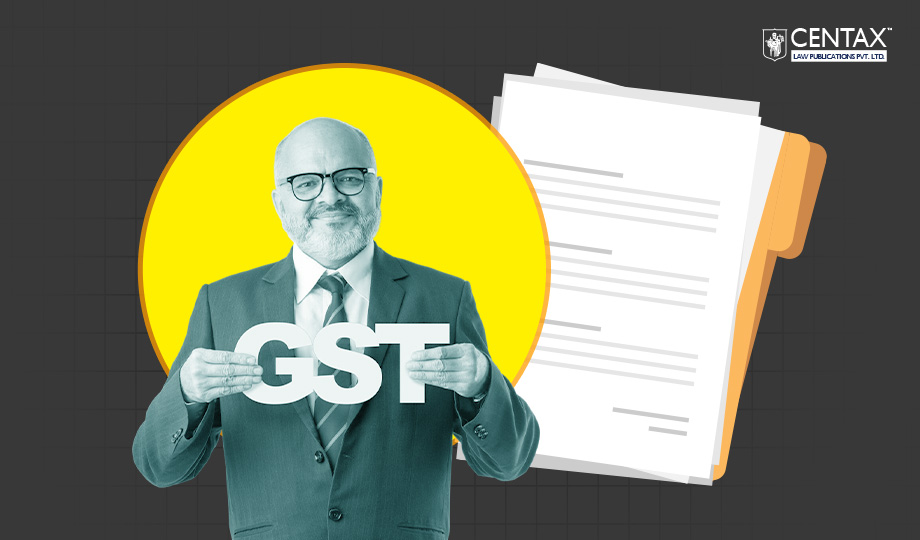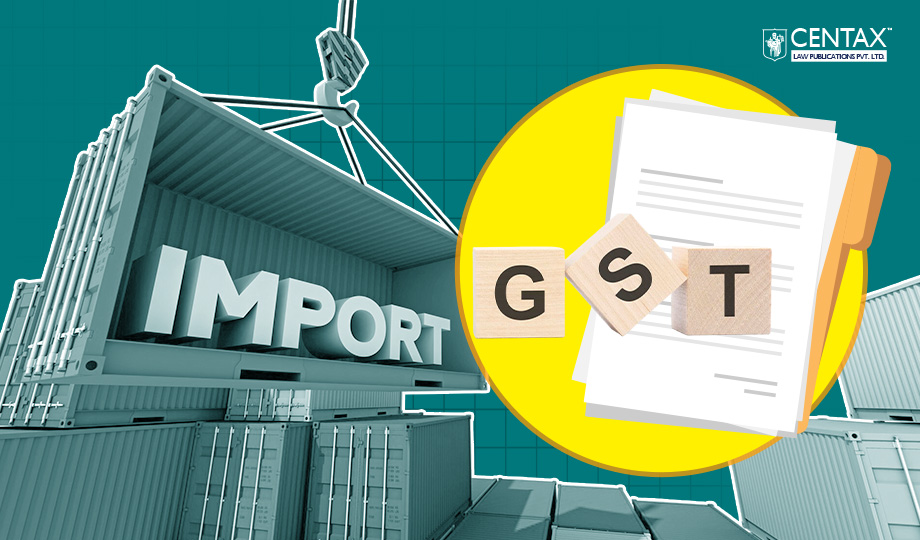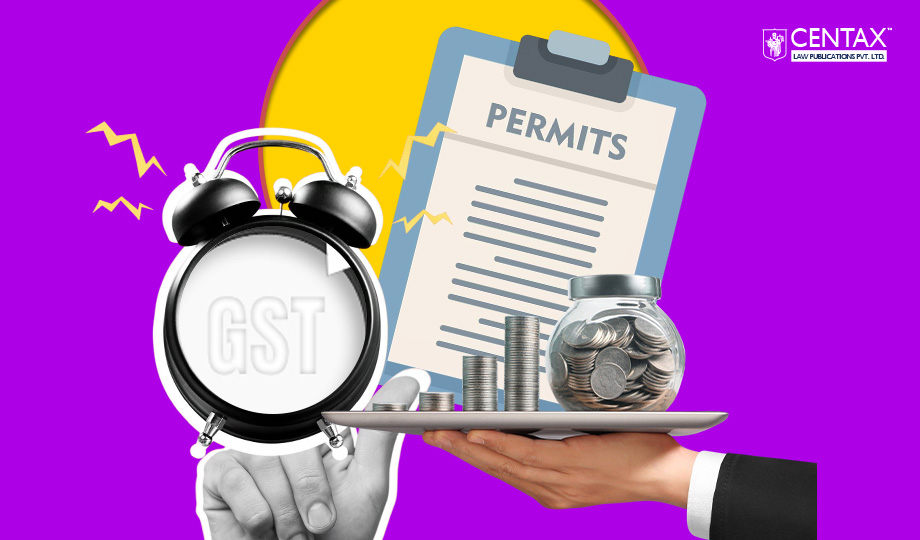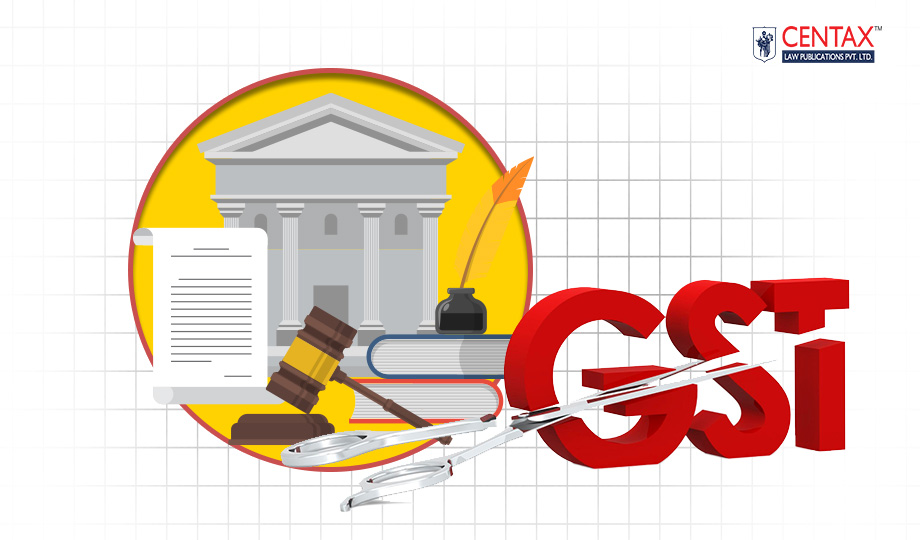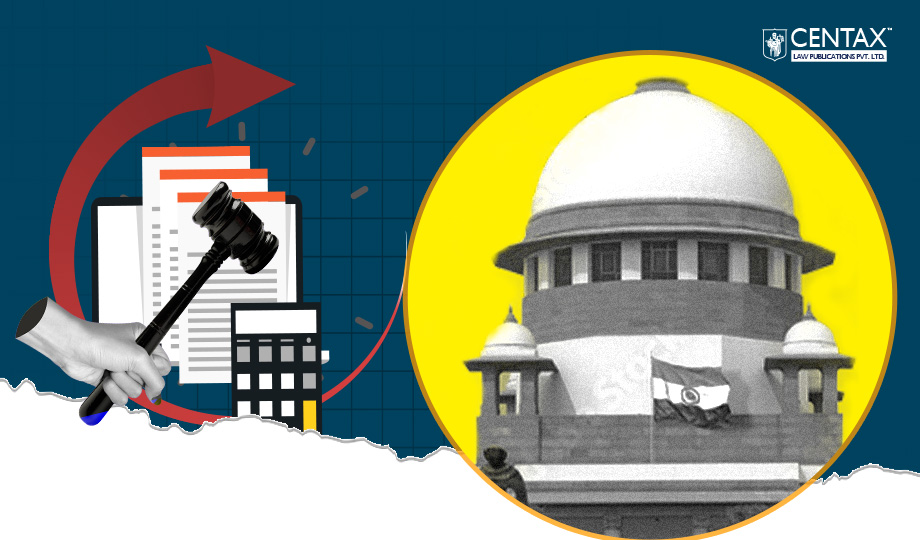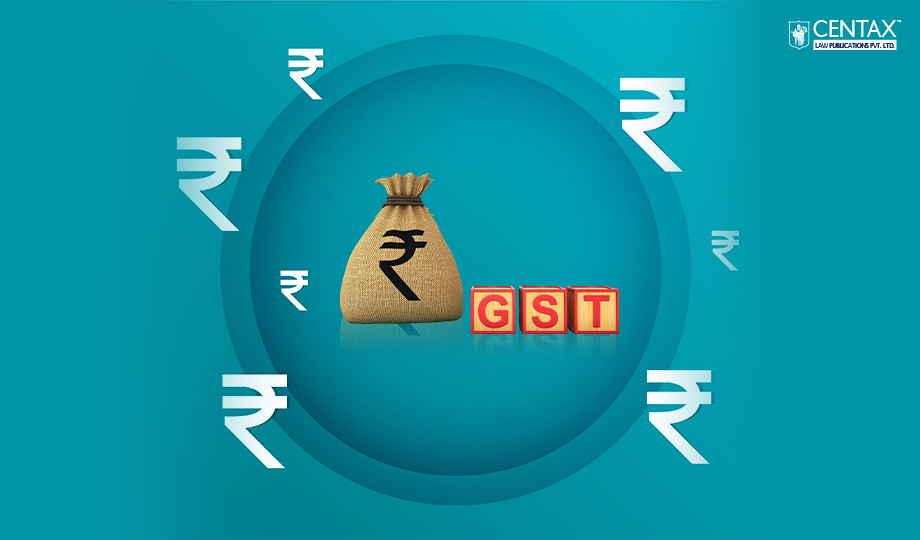
Press Release, Dated 08-09-2025
1. Introduction
The Government has issued a press release announcing new GST rates and slabs applicable to the heavy industries sector, effective from 22nd September 2025. These revisions are part of a broader tax reform to simplify the GST structure, rationalise rates, and ensure uniform treatment of goods and services across key industries.
2. GST Revisions in Automobiles and Components
Significant tax cuts have been introduced in the automobile and auto components sector. Two-wheelers up to 350cc will now attract 18% GST instead of 28%, while small cars have also been brought down from 28% to 18%. Large cars will now be taxed at a flat 40% without cess, simplifying their taxation. Tractors below 1800cc will enjoy a reduced rate of 5%, while buses, trucks, and commercial vehicles will move from 28% to 18%. Most auto components have also been rationalised to 18%, ensuring consistency and enabling seamless ITC utilization.
3. Extension to Transport Services
The changes also cover goods and passenger transportation services by road, where GST will now be levied at either 5% or 18%, depending on the nature of service and ITC eligibility. This dual rate option is designed to give flexibility to service providers while ensuring fair tax treatment in the logistics sector, which is a critical support system for heavy industries.
4. Economic and Sectoral Impact
The reduction in GST rates is expected to lower upfront costs for consumers, thereby stimulating demand in multiple vehicle categories. Two-wheelers and small cars will become more accessible to first-time buyers, rural populations, and gig economy workers, while tractors and large cars will benefit from simpler tax treatment. For buses, trucks, and other commercial vehicles, lower rates will reduce freight and operational costs, enhancing competitiveness in transport logistics. Ancillary MSMEs and service providers across the supply chain are also likely to benefit from improved demand and smoother ITC flow.
5. Conclusion
Overall, the revised GST framework for the heavy industries sector is aimed at boosting production, sales, and employment opportunities, while also promoting agricultural mechanisation, Make in India initiatives, and cleaner mobility solutions. By reducing costs, simplifying compliance, and aligning tax rates with industry needs, these measures are expected to strengthen the heavy industries ecosystem and create a more sustainable growth path for the Indian economy.











